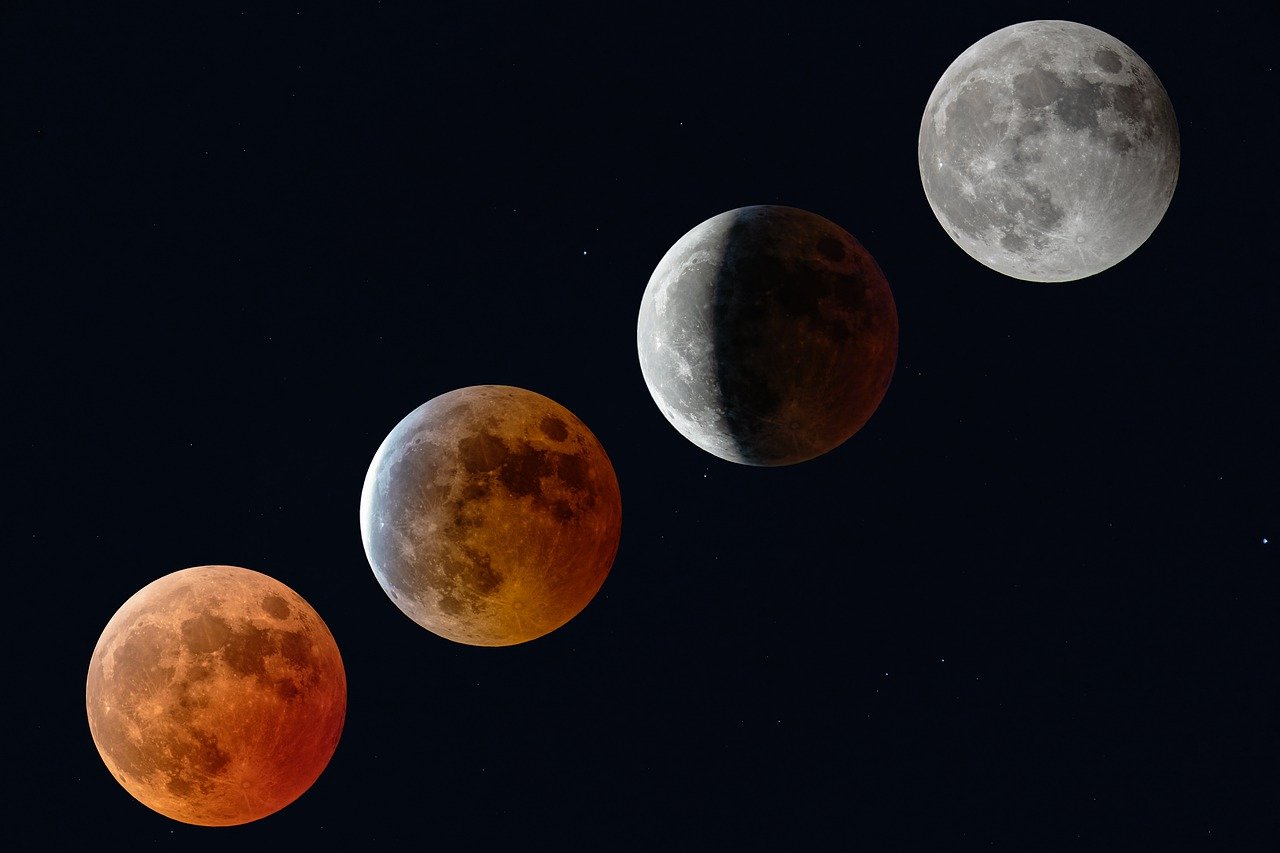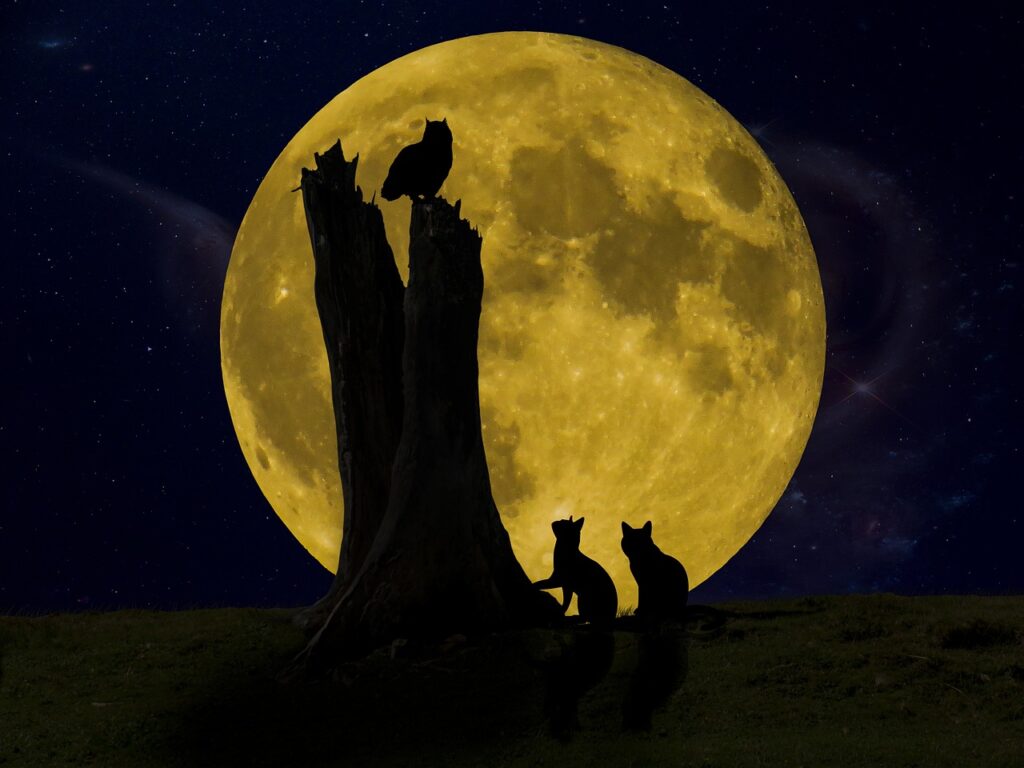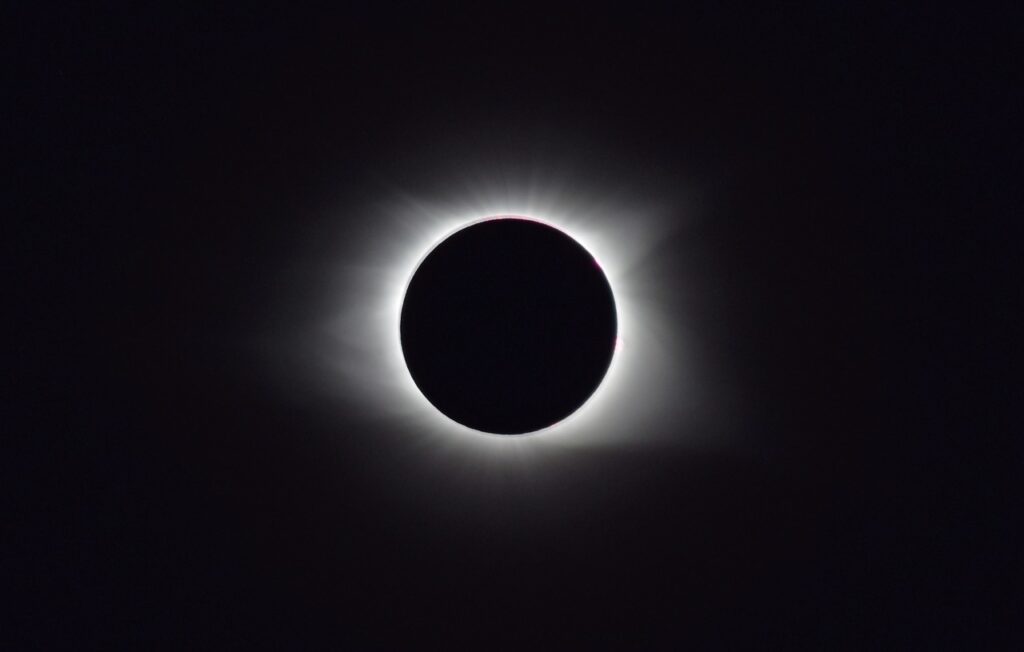A lunar eclipse is a mesmerizing event that occurs when the Earth comes between the Sun and the Moon, casting a shadow on the lunar surface. This celestial phenomenon not only captures the attention of astronomers and stargazers but also sparks a sense of wonder and awe in people around the world. The upcoming lunar eclipse on 28 October 2023 promises to be a truly spectacular event. In this article, we will delve into the science behind lunar eclipses, the different phases they go through, the sheer beauty of a total lunar eclipse, notable eclipses throughout history, and tips for observing this enchanting phenomenon.
The Science Behind Lunar Eclipses
To understand lunar eclipses, we must first grasp the basic principles of celestial mechanics. The Earth orbits the Sun, while the Moon orbits the Earth. During a lunar eclipse, the Earth, Moon, and Sun align in a nearly straight line. When the Moon enters the Earth’s shadow, it dims and takes on a striking reddish hue.
This alignment occurs due to the tilt of the Moon’s orbit. The Moon’s orbit around the Earth is tilted approximately 5 degrees relative to the Earth’s orbit around the Sun. As a result, lunar eclipses don’t happen every month but only occur when the Sun, Earth, and Moon align on the same plane.
Understanding the Different Phases of a Lunar Eclipse
A lunar eclipse progresses through several distinct phases, each offering a unique spectacle for observers. The entire process can be divided into three main phases: the penumbral phase, the partial phase, and the total phase.
- Penumbral Phase: In this initial phase, the Moon moves into the Earth’s penumbral shadow, which results in a subtle dimming of its brightness. This phase is typically less noticeable to the naked eye.
- Partial Phase: As the Moon continues its journey, it enters the Earth’s umbra, the darker and more defined shadow cast by our planet. During this phase, a distinct curved shadow begins to appear on the lunar surface. The Moon’s brightness diminishes significantly, and its appearance becomes increasingly captivating.
- Total Phase: The most extraordinary and eagerly anticipated phase of a lunar eclipse is the total phase. As the Moon moves completely into the Earth’s umbra, it takes on an otherworldly glow. Refracted sunlight passing through the Earth’s atmosphere causes the Moon to turn a deep reddish or coppery hue. This phenomenon, often referred to as a “blood moon,” is a breathtaking sight that leaves observers spellbound.
The Spectacular Beauty of a Total Lunar Eclipse
During a total lunar eclipse, the Moon’s transformation into a spectacular celestial gem is a sight to behold. The contrasting colors of the Earth’s shadow and the Moon’s surface create an ethereal spectacle in the night sky. This unique event has sparked countless myths, legends, and cultural beliefs throughout history.
As the Moon bathes in the Earth’s reddish shadow, its features take on an eerie and mysterious appearance. The normally bright lunar surface is replaced with a soft, dusky glow, lending an atmosphere of otherworldliness. This rare phenomenon offers a glimpse into the wonders of the universe and reminds us of the vastness and beauty that lies beyond our planet.
Notable Lunar Eclipses Throughout History
Throughout the course of history, lunar eclipses have fascinated and captivated civilizations around the world. Here are a few notable lunar eclipses that have left a lasting impact:
- The Blood Moon of 1504: Often called the “sunset eclipse,” this lunar eclipse was particularly remarkable due to the exceptionally deep red color of the Moon. It was thought to be a sign of impending doom and struck fear into the hearts of many.
- The Eclipse of Christopher Columbus: In 1503, Christopher Columbus was stranded on the island of Jamaica. He used his knowledge of an upcoming lunar eclipse to convince the indigenous people to provide him and his crew with food, a demonstration of both astronomical understanding and diplomatic prowess.
- The Longest Lunar Eclipse of the 21st Century: On July 27, 2018, a record-breaking eclipse occurred, lasting for a staggering 1 hour and 43 minutes. It was visible across a large part of the world and captured the attention of millions of people.
Tips for Observing a Lunar Eclipse
If you’re eager to witness the lunar eclipse in October 2023, here are a few tips to make the most of the experience:
- Plan Ahead: Find out the exact date and time of the eclipse for your location. Mark it on your calendar to ensure you don’t miss this celestial event.
- Choose a Good Viewing Spot: Look for a location with minimal light pollution and a clear view of the night sky. Parks, rooftops, and open fields are excellent choices.
- Use Binoculars or Telescopes: While a lunar eclipse is visible with the naked eye, using binoculars or telescopes can enhance the experience and allow you to observe finer details of the Moon’s surface.
- Capture the Moment: Consider bringing a camera or your smartphone to capture stunning images of the eclipse. Experiment with different camera settings to achieve the best results.
- Dress Accordingly: Remember that lunar eclipses can occur during the late hours of the night or early morning. Dress warmly and comfortably to stay relaxed during the viewing session.

Lunar eclipses are rare celestial events that offer a unique opportunity to connect with the wonders of the universe. They remind us of our place in the vast cosmic tapestry and evoke a sense of awe and amazement. The upcoming lunar eclipse in October 2023 promises to be a magnificent spectacle that should not be missed. So mark your calendars, find a good viewing spot, and prepare to witness the beauty of this celestial phenomenon.


